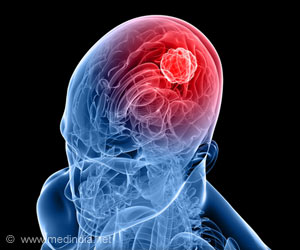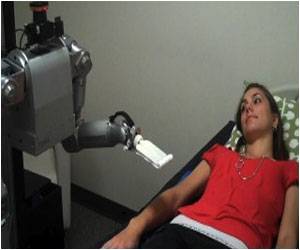. In a previous study, researchers identified a protein called P-Selectin, produced when glioblastoma cancer cells encounter microglia – cells of the brain’s immune system.
‘New 3D- bioprinted cancer model gives access to clinical scenarios with no time limits, enabling optimal investigation.’
This protein is responsible for a failure in the microglia, causing them to support rather than attack the deadly cancer cells, helping the cancer spread.
As cancer cells behave very differently on a plastic surface than it does in the human body, 90% of all experimental drugs fail at the clinical stage because the success achieved in the lab is not reproduced in patients.
To address this problem, researchers created the first 3D-bioprinted model of a glioblastoma tumor, in which 3D cancer tissue surrounded by extracellular matrix communicates with its microenvironment via functional blood vessels.
“It’s not only the cancer cells, It is also the cells of the microenvironment in the brain; the astrocytes, microglia and blood vessels connected to a microfluidic system – namely a system enabling us to deliver substances like blood cells and drugs to the tumor replica”, explains Prof. Satchi-Fainaro.
Each model is printed in a bioreactor designed in the lab, using a hydrogel sampled and reproduced from the extracellular matrix taken from the patient, thereby simulating the tissue itself.
After successfully printing the 3D tumor, researchers demonstrated that unlike cancer cells growing on petri dishes, the 3D-bioprinted model has the potential to be effective for rapid, robust, and reproducible prediction of the most suitable treatment for a specific patient.
Source: Medindia



